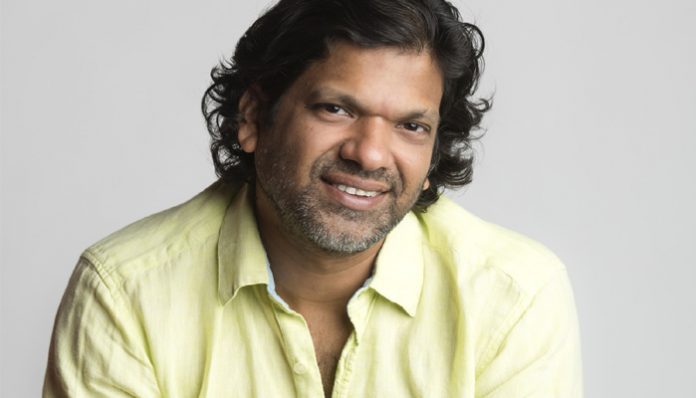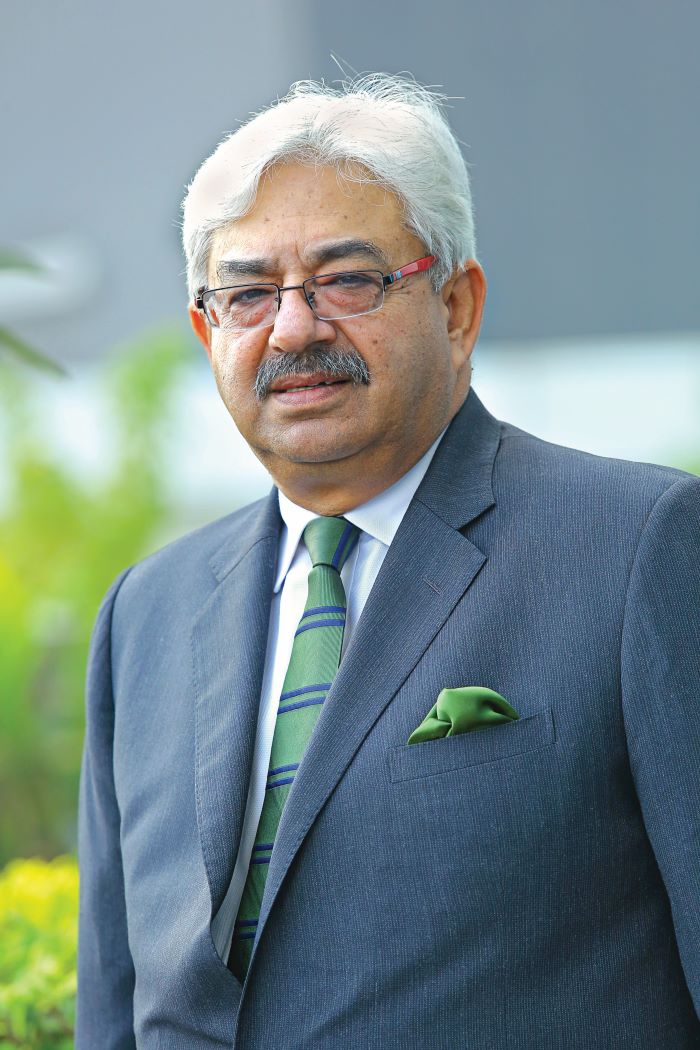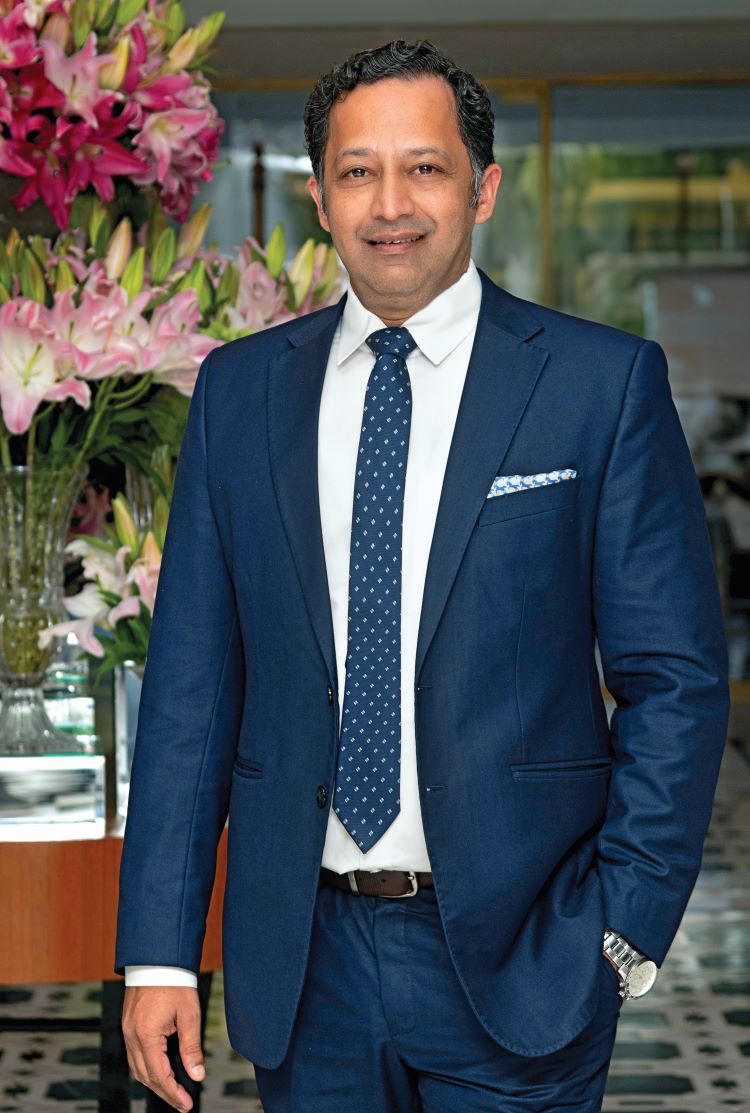Rahul Shankhwalker, Founding Partner, Studio HBA, describes what makes him a successful architect and his tailored approach to each project, enabling the firm to be a single-source hospitality provider with services including interior design, architecture, art consultation, lighting design, graphic design, and FF&E procurement, providing clients the opportunity to choose integrated, comprehensive services from an à la carte menu of disciplines.
Tell us about the hospitality projects you have worked on.
My portfolio expands across the globe and I am proud to have worked on numerous projects over nearly two decades of my designing career. A few of the notable projects include Ritz-Carlton Reserve, Phuket; Hotel Harder-Minerva, Switzerland; Grand Park Kodhipparu, Maldives; Meditere, Israel; Grand Park City Hall, Singapore; NEXT Hotel, Colombo; Radisson Jass Shimla; and Conrad Bangalore.
With regard to your architectural style, would you say you are a conformist or a non-conformist?
I think that in order to be a successful designer who is responsive to the client’s needs and an ever-evolving market, must intrinsically be a non-conformist. I have the innate ability to carve out and see design potential in even the most mundane of spaces and everyday objects; it’s that ability that leads to exceptional creativity and allows my team and I to create the kind of work we do. I also place a special necessity on creating highly-aware human experiences in each space, one that engages all senses and evokes an emotional response.
Architecture is to be revelled in or marvelled at. What is your take?
Architecture is made to be indulged in with all senses. Maya Angelou said, “People may not remember exactly what you did, or what you said, but they will always remember how you made them feel.” That iconic mantra can be translated to architecture.
Modern or cultural, which has been a more definite influence in your work?
Modern spaces that are deeply rooted in a sense of place with a strong context influence my work. The spaces that are most relevant to the time and the place they inhabit have been the most impactful for me.
How much of your architectural design represents the local ethos?
One of Studio’s biggest strengths is operating locally, so whenever the case, we take advantage of sourcing materials locally, working with local craftsman, etc., as a means to truly engage with the location, giving guests that authentic experience they desire.
Tell us something about each hospitality project you have worked on.
Let me tell you about two of the projects that I have worked on.
Grand Park Kodhipparu, Maldives: Inspired by travellers and tales from far off places that have not been visited often and are steeped in stories, the resort tells the tale of an intrepid traveller who lands on a remote island and makes it a home.
Conrad Bangalore: The hotel describes the story of a neighbourhood, the streetscapes and the houses, and their elements come together to form the design of this hotel. The hotel has an international flavour, yet is rooted in Bengaluru culture.
What are the trends in design you see for this year?
Travellers are becoming more discerning and expect authentic and culturally indulgent experiences. Sense of place is no longer a luxury, but an expectation. Technology is also no surprise for trends, but it is now expected to be seamlessly integrated into the guest room, evoking the comforts of home. With our guests, more time is spent in communal spaces, socialising, and interacting with the local culture rather than in the room, so we’re challenged with designing creative ways to entice visitors to explore public spaces in new, unexpected ways.
How do you make your projects sustainable?
I cannot stress the use of local materials enough. Local craftsmanship, being conscious of how far materials travel to arrive at the job site, and even the geographic vicinity of the site are all taken into consideration.
Are debates with owners over project budgets a hindrance to delivering the best?
While these situations undoubtedly come up in our industry, we see this as an opportunity to think outside of the box and to create something more unique and special. Budgets are real, both to the owners and ourselves, and need to be respected. At the end of the day, we won’t have any projects to build if it weren’t for budgets.










